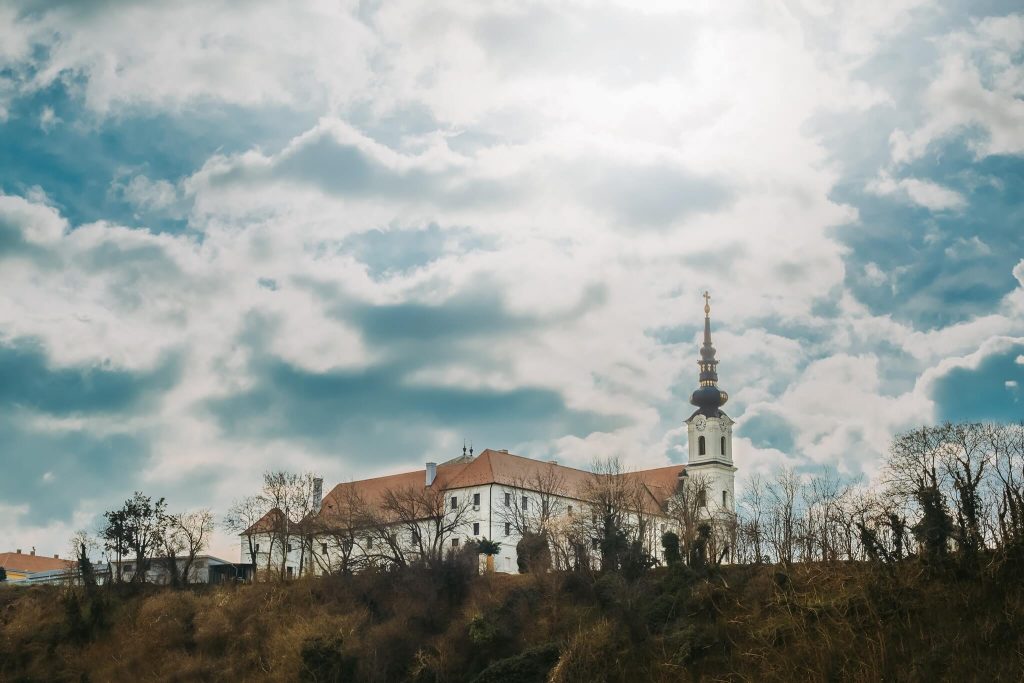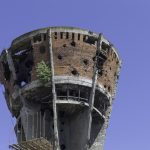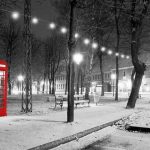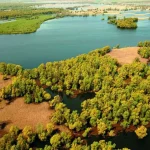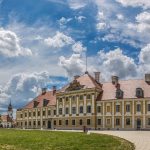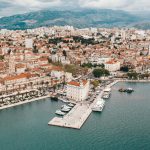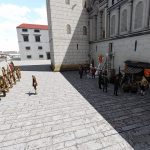We wish you a pleasant tour filled with God’s grace – says the robotic female voice as you click this link and start exploring Vukovar’s Franciscan Monastery online. The recently launched option of 360° sightseeing this iconic location in the Eastern town of Vukovar in Slavonia (referred to as the ”Hero City” due to its suffering in the Homeland War) is an excellent innovation for what’s become known as “screen tourism”. Whatever your reasons for not being able to physically get to Vukovar at the moment, the Vukovar Franciscan Monastery Virtual Tour is always ready for you to take part.
”The QtouR virtual guide is implemented in the entire complex of the Franciscan monastery in Vukovar, covering over 3,500 square metres. The virtual tour offers visitors an online tour of the museum over two floors, the church, the script, the bell tower with the watchtower, the wine cellar…” listed the Culture.net website.
Indeed, with this app (its development helped by the Croatian Ministry of Culture), you can explore the Franciscan monastery from every angle you’d usually be allowed to see during your visit. You can either navigate with your mouse or mousepad or even your keyboard to choose which direction you want to go in. From exploring indoors to heading out into the back yard, you can even soak up the breathtaking view of the nearby Danube river.
”Franciscans have had their presence noted in Slavonia and Srijem ever since the 14th century. Sadly, during the Turkish (Ottoman) occupation of these parts, every historical record of their activities was destroyed. Some traces can still be found in various documents of the Franciscan order and in the Vatican archives, however. What we know for sure is that the Franciscans of the Bosne Srebrene (Silver Bosnia) were the only messengers, bishops, priests, and guardians of the Catholic faith in these areas under Ottoman rule,” reads the official website of Vukovar’s Franciscan monastery.
Both the monastery and the church are named after saints Filip and Jakov (Phillip and Jacob). The church was completed in 1733 while the monastery was built in 1736.
”The monastery, along with the church with its monumental architecture, has been home to priceless artistic and cultural treasures for centuries now. It possessed a rich inventory and a library with rare editions along with a small picture gallery. By the sheer complexity of its heritage, it was placed amongst the most valuable memorial sites in continental Croatia,” explains the monastery’s official website.
The history of Vukovar is often clouded by the tragedies of the Homeland War, but while that is and will forever be of enormous significance, there is much more to it than that.
As TCN wrote, the history of Vukovar runs much deeper than the horrendous events which took place at the end of the 20th century, and Croatian historical and social sciences are more than aware of the fact. This was evident in the presentation of the book ”The Cultural Identity of Vukovar – A Contribution to Investigating Heritage and Successors”.
Additionally, as evidenced by the VukovART festival earlier this year, we can see that this town at the very border of Eastern Croatia and Serbia has much more to offer than just the memory of death, war crimes and misery brought about by bullets, hate, and war.
Learn more about Vukovar in our TC guide.
For more about history in Croatia, follow TCN’s dedicated page.

